Tuesday, November 20th, 2012
Going back in time now to mid September, we returned to Inglis Island. There were all kinds of little creatures we managed to take pictures of, so many that I’m breaking this park visit into two posts. This one will be for the butterflies.
A species that looks pretty close to a phaon crescent is particularly dense on this island, though we’ve only rarely seen it elsewhere.
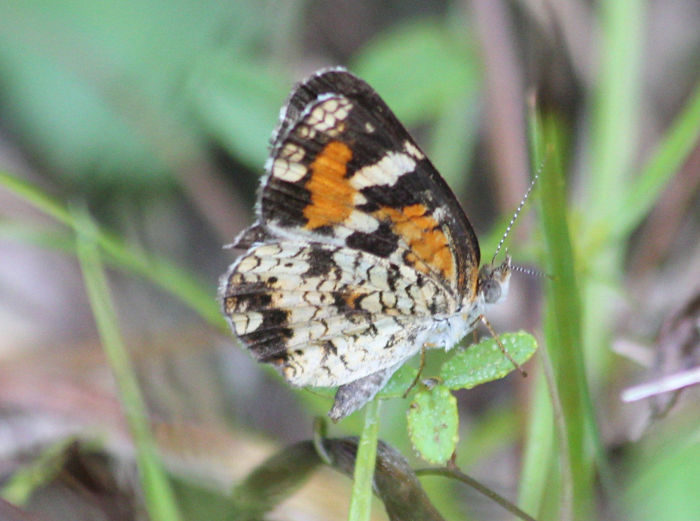
Gulf fritillaries, on the other hand are at nearly every park we visit.
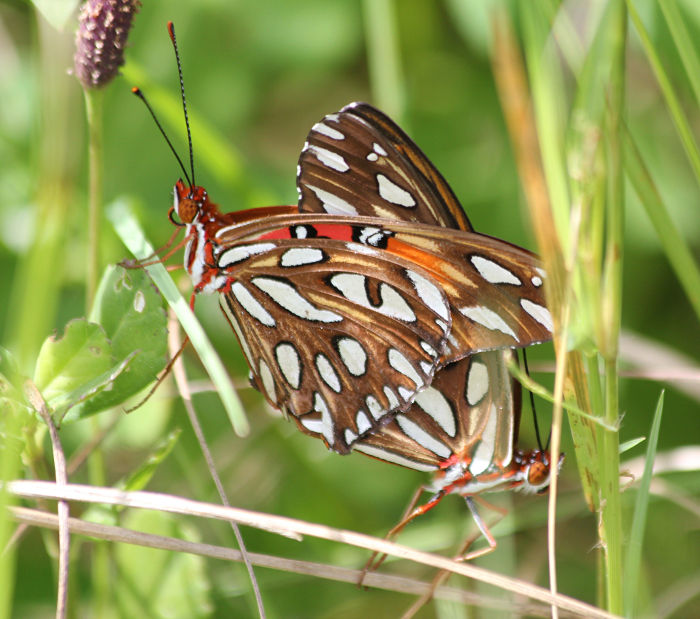
Buckeyes are also common elsewhere, but these here seem to have larger eyespots and are just more brightly colored than individuals we see elsewhere.
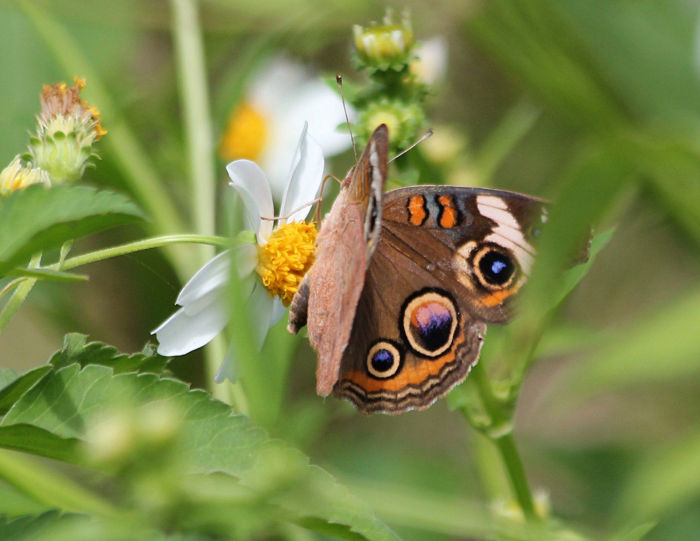
A first sighting for us of a cassius blue
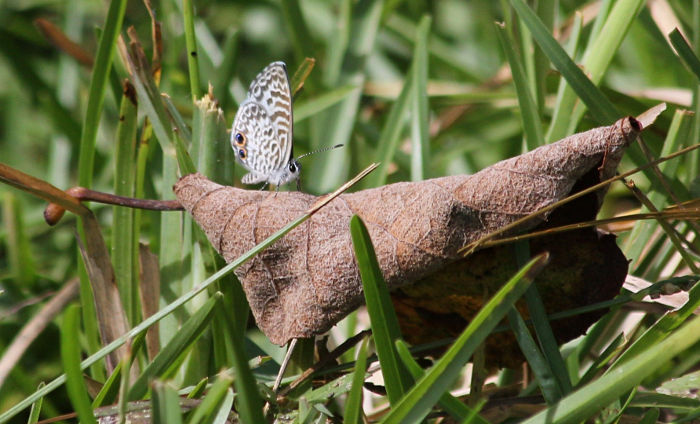
As well as a first sighting of a barred yellow, whose summer form is white
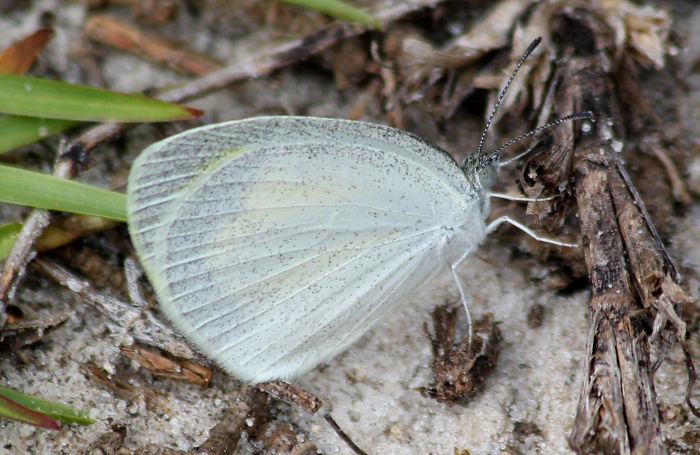
This seems closest to a dramatically colored sleepy orange. Drinking the same nectar with the extra pizzazz as the buckeyes. Although these we only saw at the far western tip of the island.
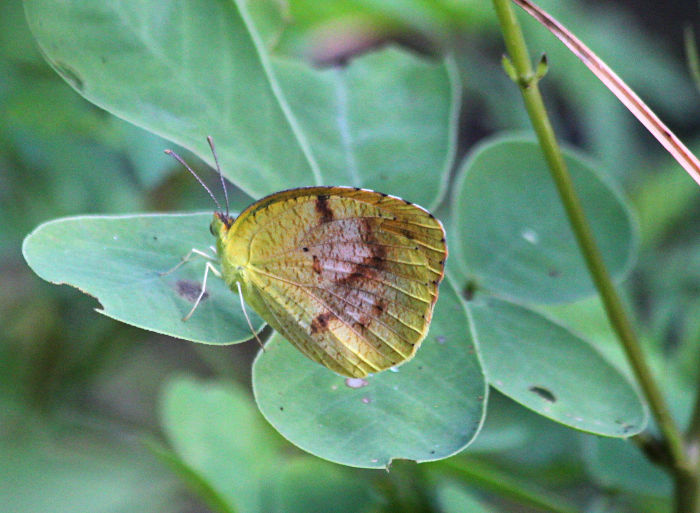
Some kind of grass skipper

Long tailed skipper, one of many.
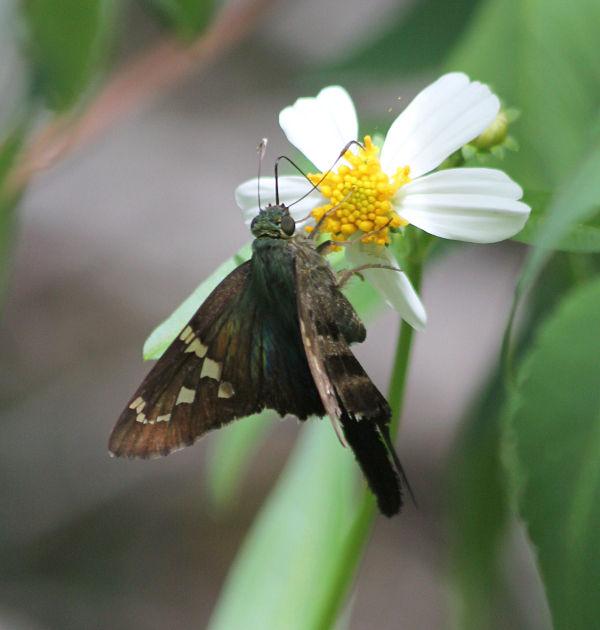
Zebra longwings, taken by Mike.
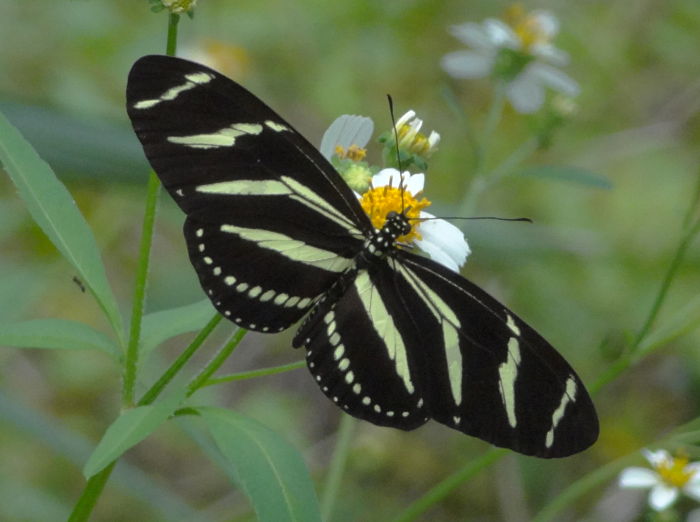
Giant swallowtail. It was too heavy to actual land on the flowers, so it would just kind of hover, always beating its wings, over each flower. Also notice the green lynx spider waiting for a smaller meal to visit.
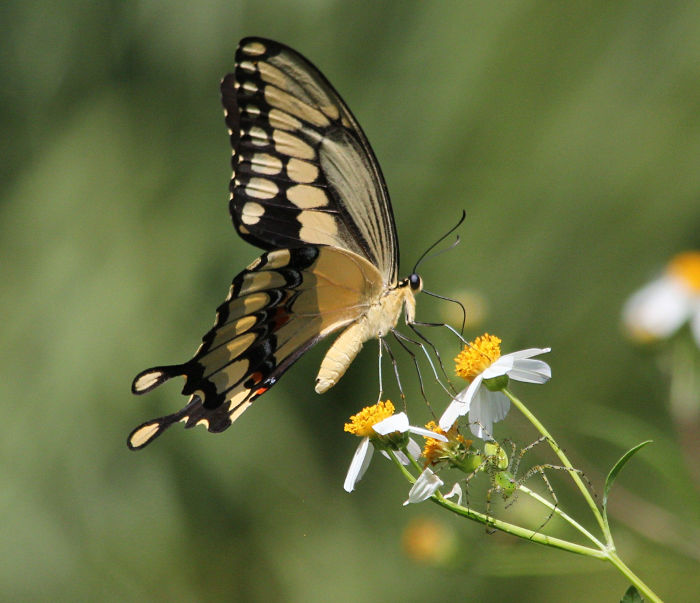
Saturday, November 10th, 2012
This is near my work. Alligators spend most of their time completely still, making them seem almost statue like. When they decide to move though, they can thrash with alarming speed. This is not a large alligator, but a good illustration of how there is often no barrier between human and alligator spaces.
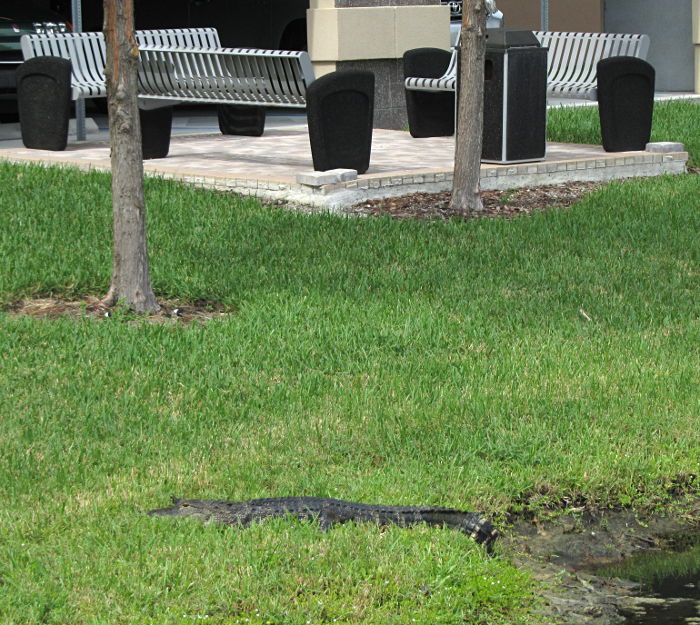
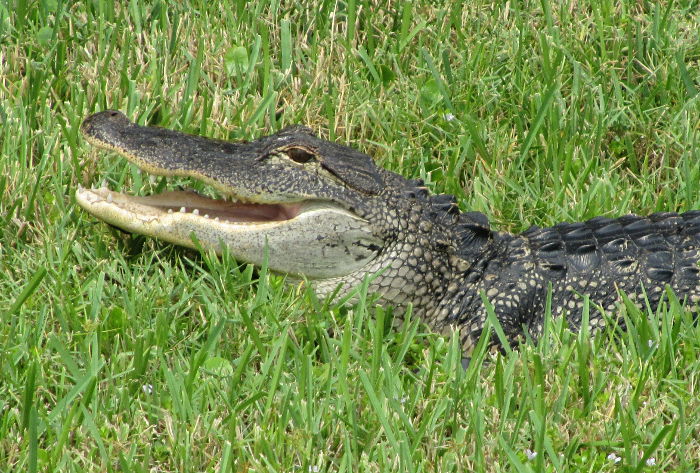
Tuesday, October 23rd, 2012
Kayaking is sleek and soothing in calm water and no wind. You can explore around the lily pads and look for fish and birds and get to see places that you can’t drive or walk to. Taking pictures is not particularly easy since you are moving with the water, and have to fish the camera out of its water protection, a tupperware in my case, when you find something new to take a picture of. The hardest part is getting in and out of the kayak. In between you just have to not do anything exciting if you are in a decent kayak and wish to stay upright and dry. And you must remember that the way back might be harder than the trip out depending on current and wind. These pictures are from Horseshoe and Fishtrap Lakes.
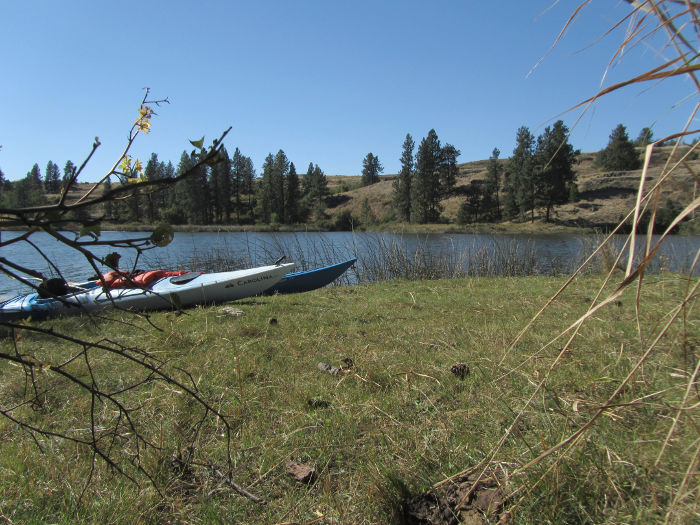
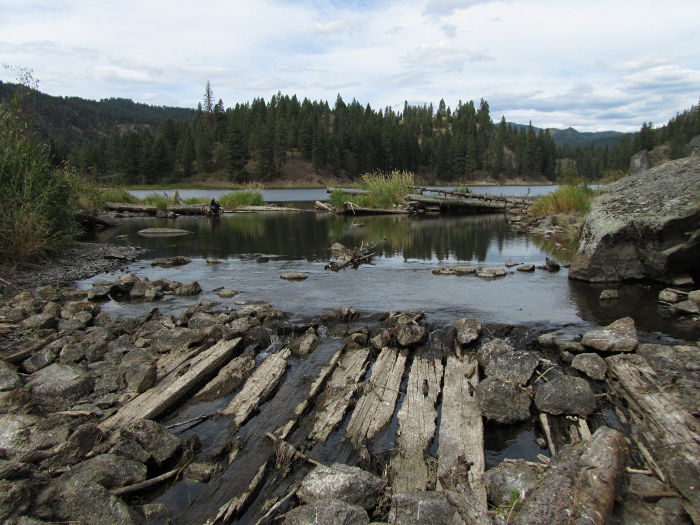
cormorants
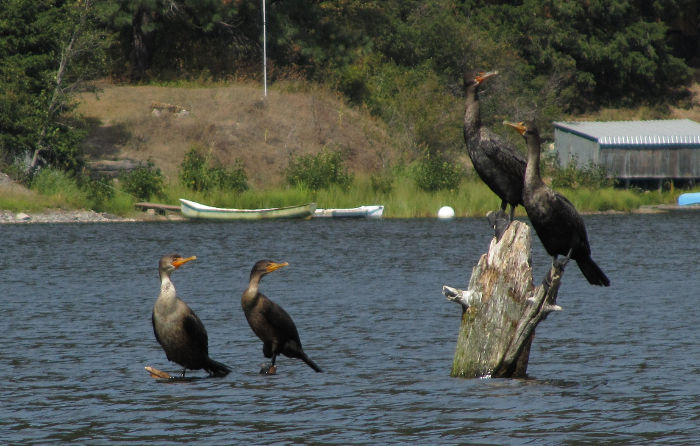
dark-eyed junco
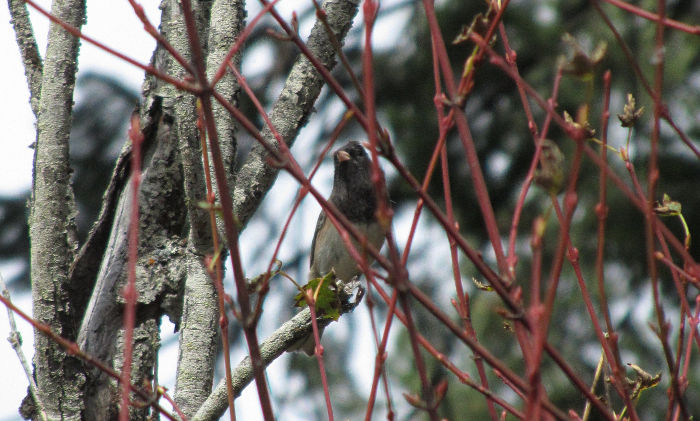
american dipper
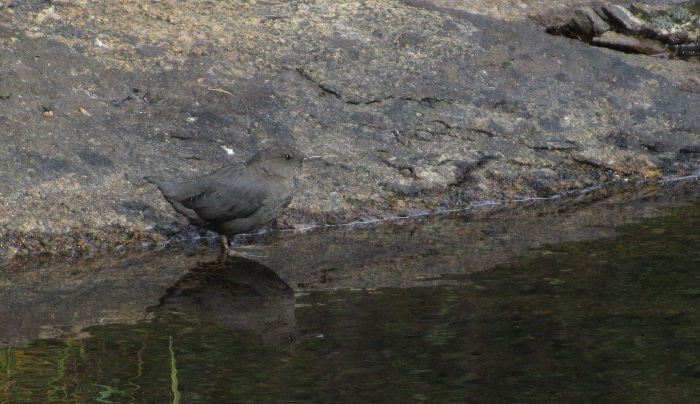
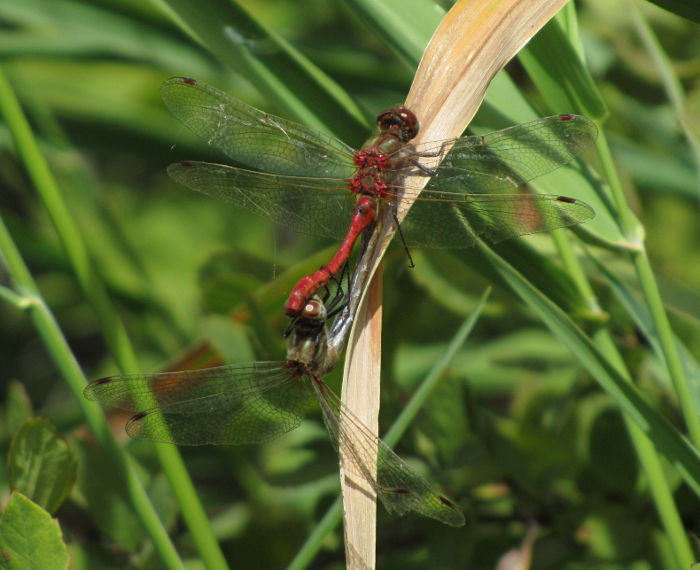
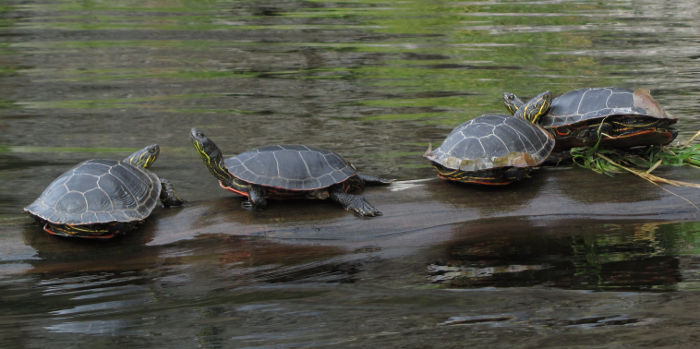
Mike has identified these as Western Painted Turtles.
Saturday, October 20th, 2012
Olympic National Park is very large and covers many biomes. The real life of the place for me is the trees though. Driving along Hwy 101, you wind through clearcuts and replantings and then you are instantly midgetized crossing back into protected forests, towering above you, looking out over the centuries.
The trees in the western temperate rain forests just thrive. “Mild winters, cool summers and up to 12 feet of annual precipitation produce the giant conifers” that drip with moss. This is the Hoh River Trail, which will take you to the Blue Glacier on Mount Olympus if you keep going for its 18.2 miles and 4,400 ft of elevation gain.
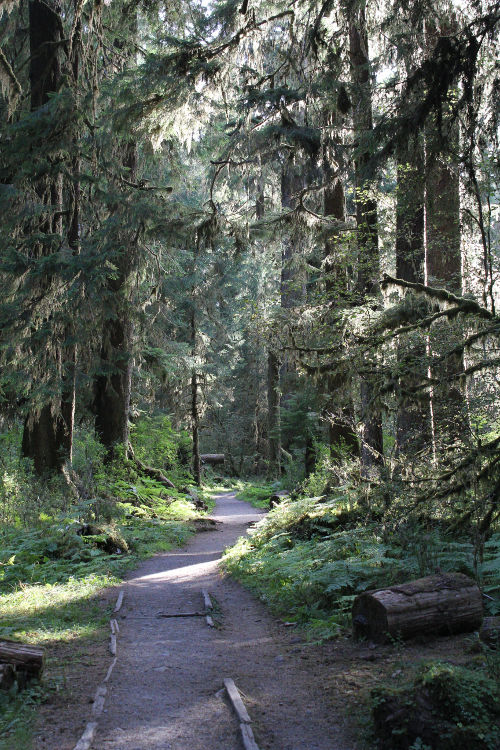
These are the slightly dryer trees of the Sol Duc area.
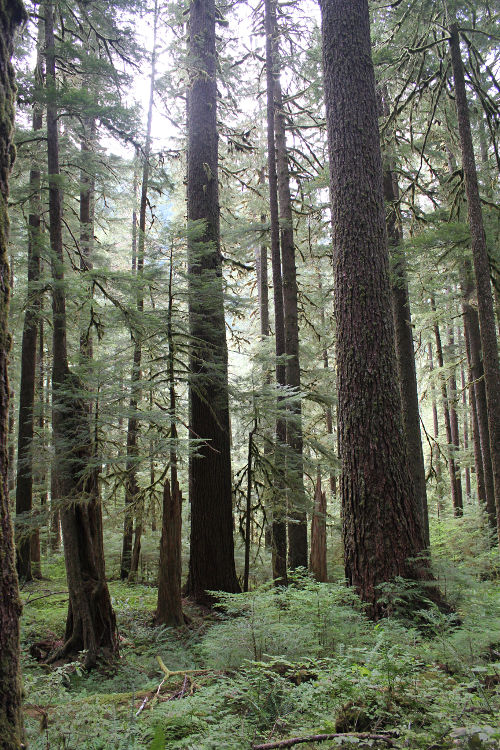
New trees wrap their roots around nurse logs, anchoring themselves and getting the nutrients from the decaying wood.
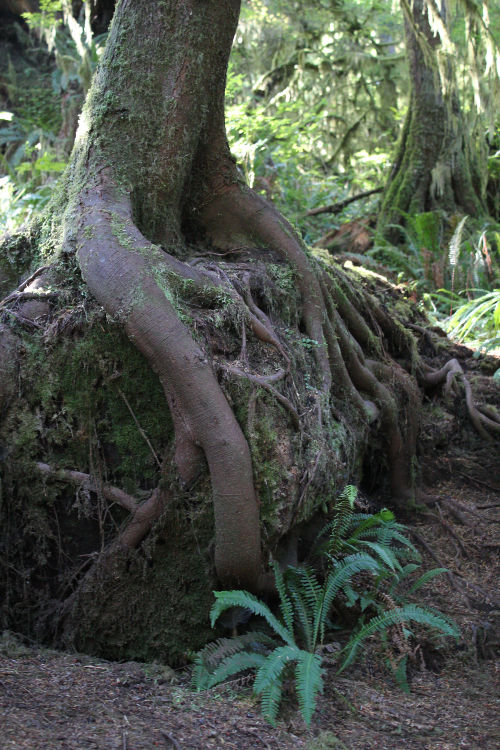
The largest trees, of which there are some record holders in the park, become knotted and knarled. This is a large cedar near Ruby Beach.
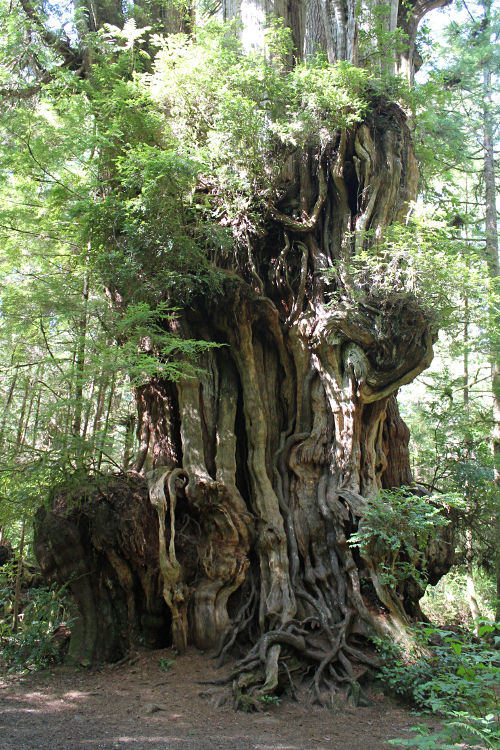
Erosion has left this tree hanging on at the edge of the beach at Kalaloch.
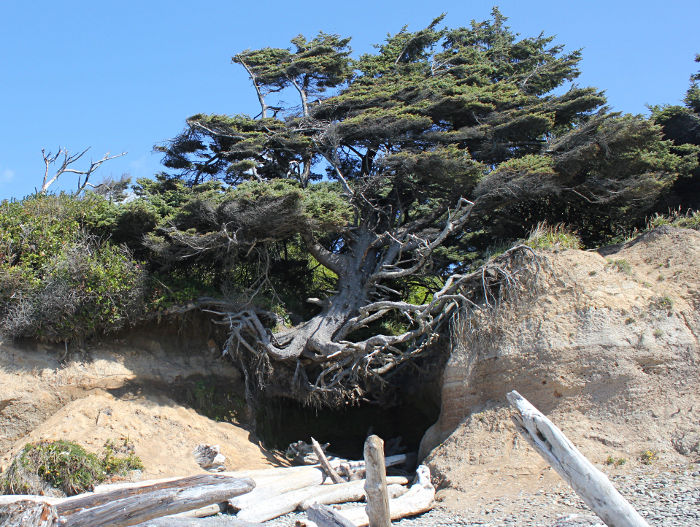
At Rialto Beach, dead trees stand starkly between beach and forest.
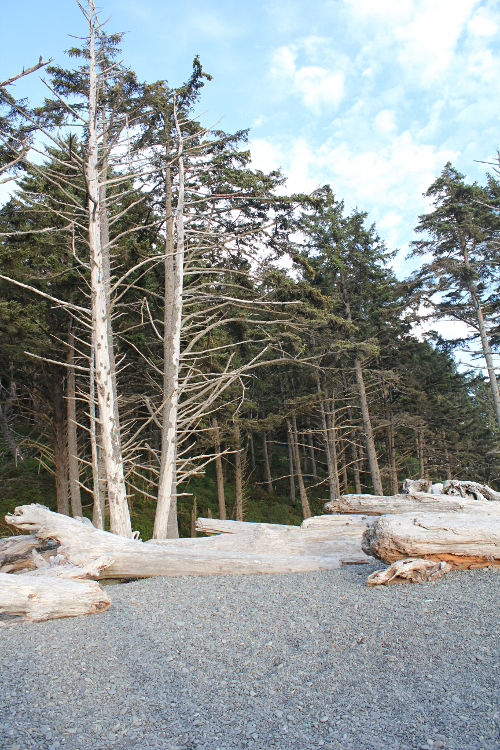
Driftwood at Rialto
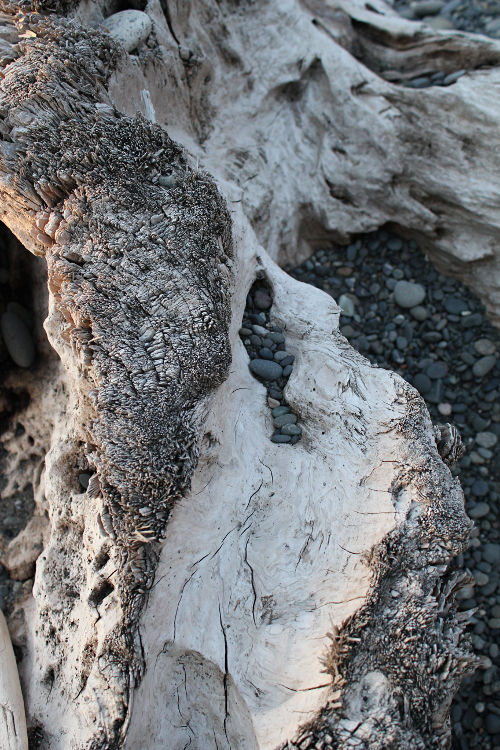
Sunday, October 7th, 2012
Back at Sawgrass Lake Park in late August to test out Mike’s new Sony Cybershot DSC-HX9V. Part of the boardwalk to reach the two northern most bridges across the canal was burned down and taped off. It didn’t look like much of the surrounding forest had been burned though.
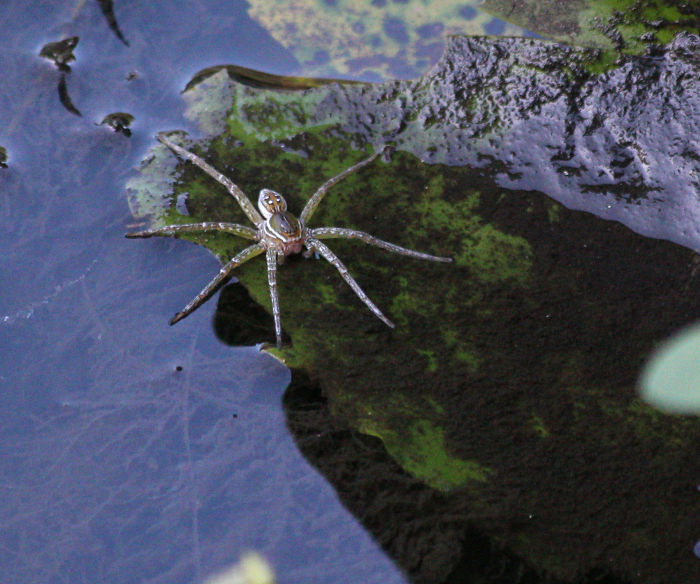
Dolomedes, a fishing spider, on a lilypad at the first boardwalk overlook.
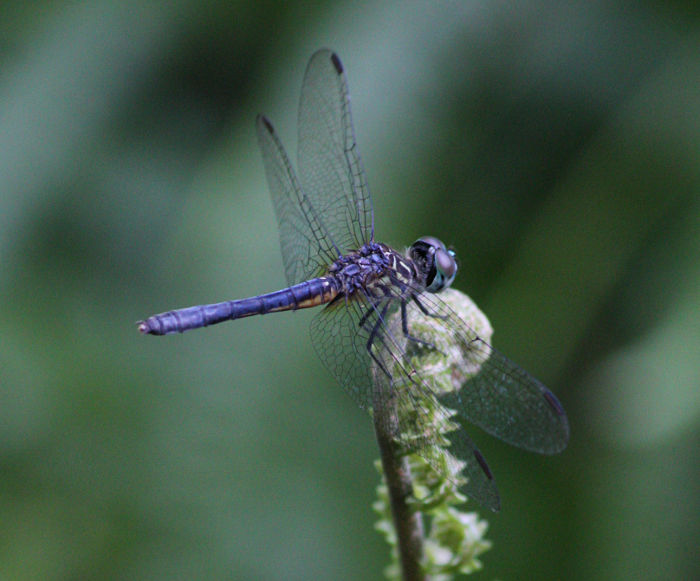
I’m not sure the species, but a dragonfly with very pretty eyes on an unfurling fern.
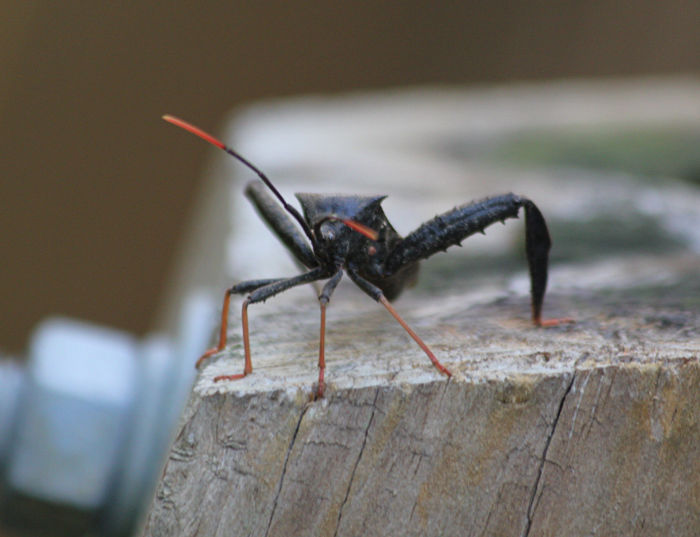
A Florida leaf footed stink bug. We did not get sprayed.
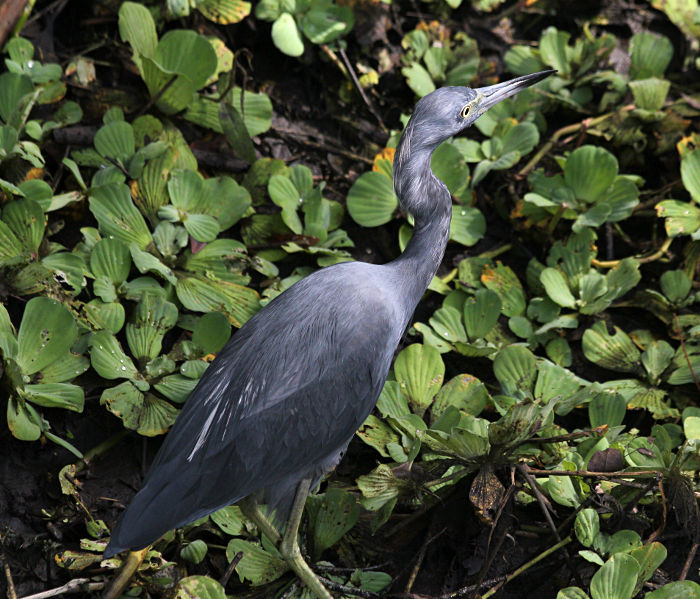
This little blue heron was quite active. I think I got a little too close for its comfort, and it flew away soon after this picture.
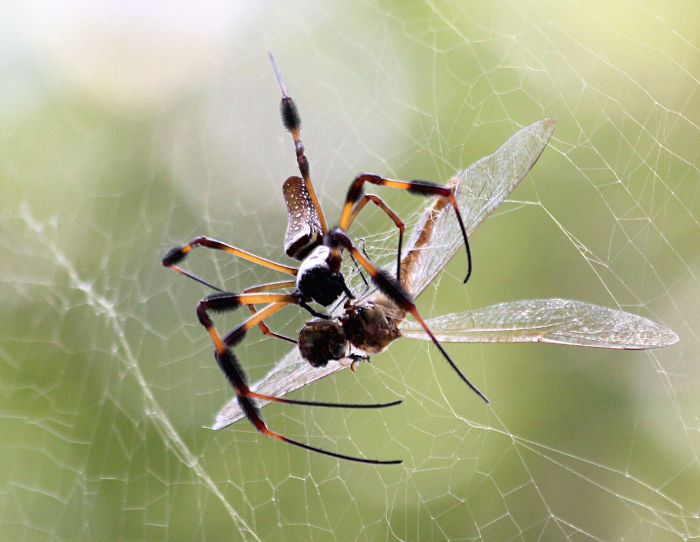
Walking across the bridge from the other direction from the burned out section, this golden silk spider that had caught a dragonfly was right above us.
There were a couple of photographers with some serious equipment at the park. One asked if we’d seen the cerulean warblers that had been reported in the area. We had not. But there was a roseate spoonbill in the canal that was far better at posing than I expect a little warbler would have been.
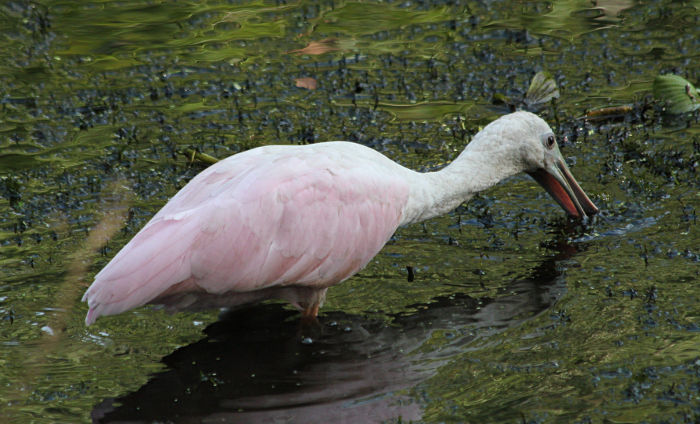
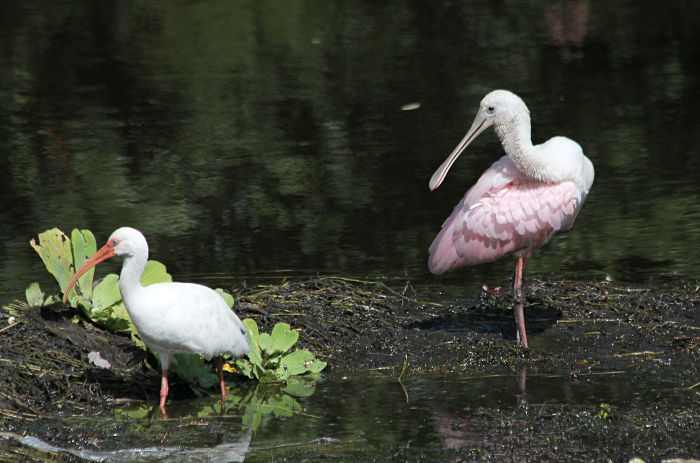
Sunday, September 23rd, 2012
On a mid August morning we went to Weedon Island.
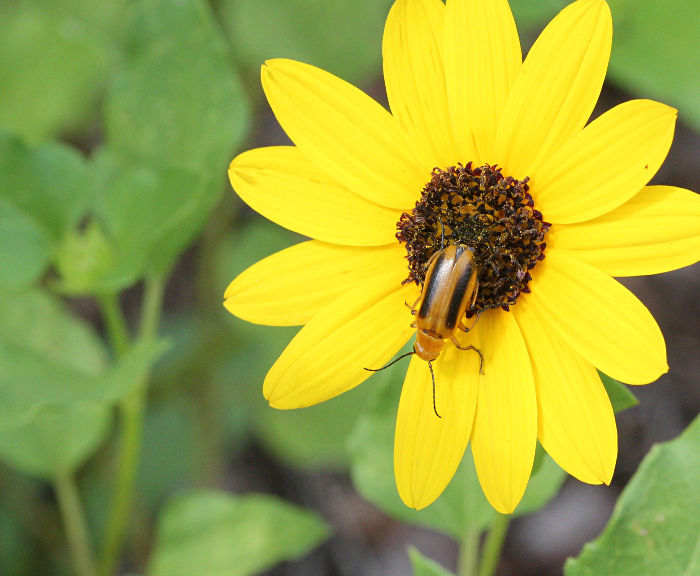
A leaf beetle on a beach sunflower.
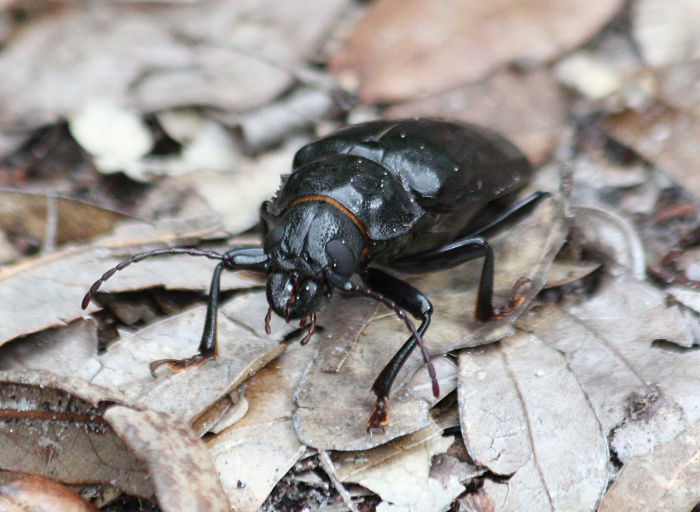
This black beetle was increadibly clumsy. It got turned over on its back at least twice while we were watching it run around. Mike has identified the beetle as a live oak root borer.
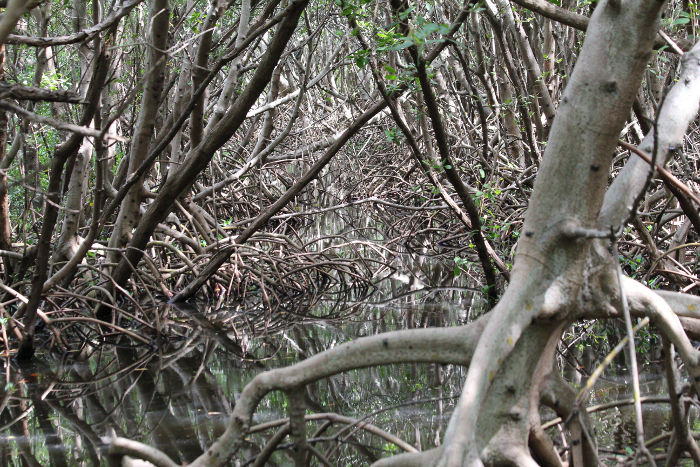
Mangrove roots.
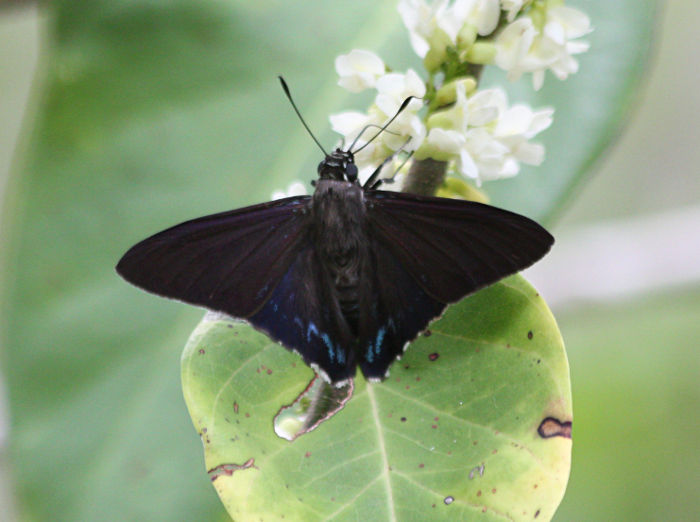
A zebra longwings circled over our heads for several minutes but never landed. This mangrove skipper kindly landed several times. I got a few blurry shots of a couple of Buckeyes as well. They had some of the charactistics of the Common variety and some of the Mangrove variety.
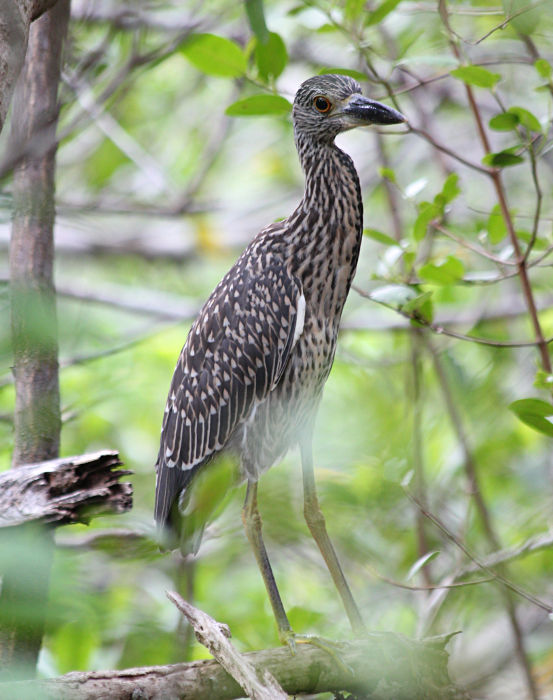
A juvenile night heron.
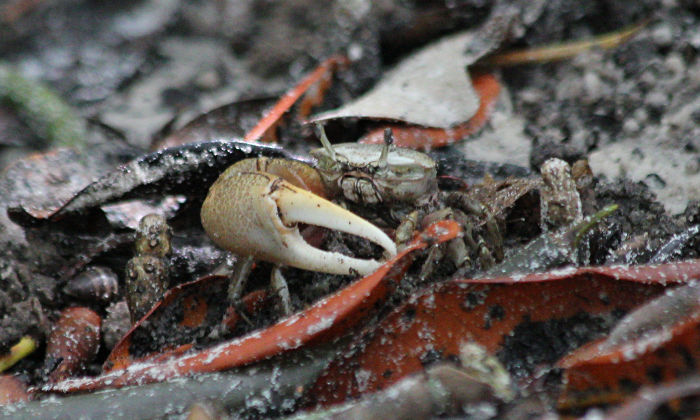
We saw two of these male fiddler crabs. All claw.
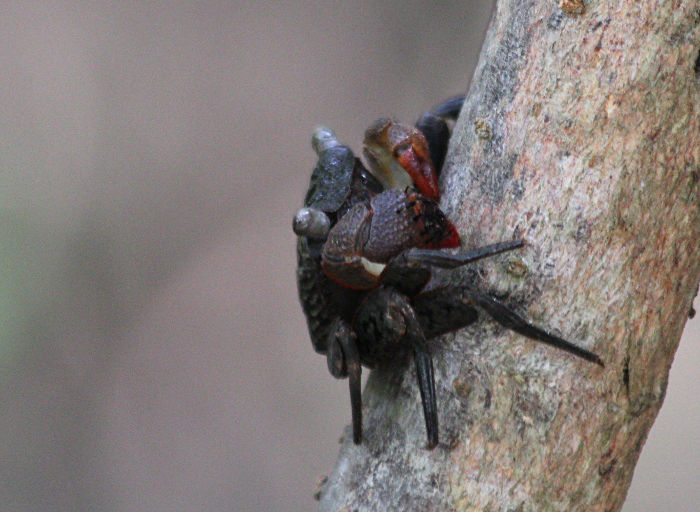
And there were tons of the mangrove crabs out, and many of them far bolder than normal.
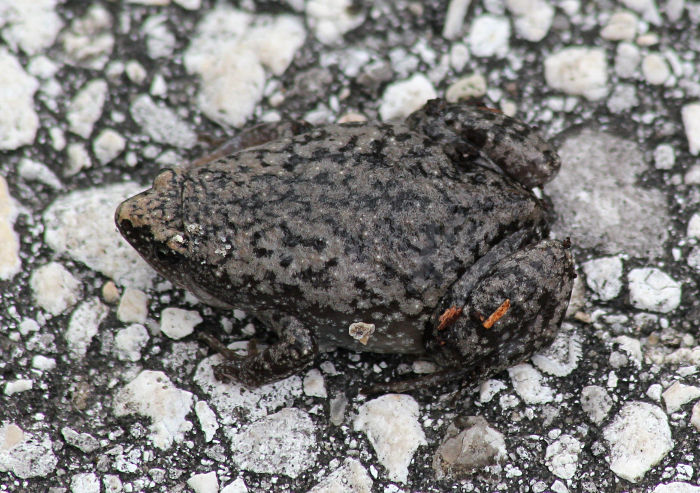
Eastern narrow mouthed toad in no hurry to get off the path.


